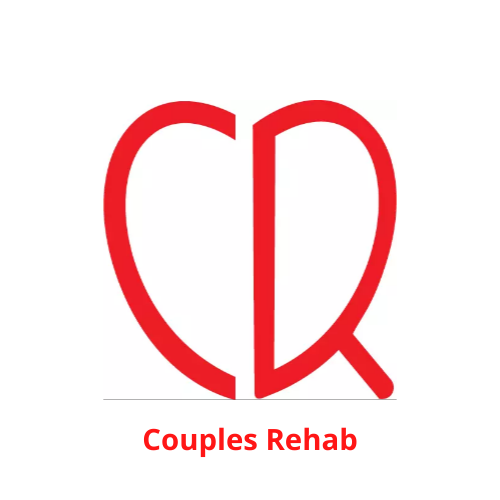Couple Addiction Rehabs Near Me Austin
Addiction is a complex and challenging issue that affects not only individuals but also their relationships. When a couple is facing addiction, it can have devastating effects on their emotional, physical, and mental well-being. However, with the right support and strategies, couples can embark on a journey of recovery together, rebuilding their lives and strengthening their bond. In the vibrant city of Austin, Texas, there are numerous resources available for couples seeking addiction recovery. This article will explore the importance of couples therapy for addiction, the concept of dual recovery, and strategies for successful couple recovery in Austin.
Austin Couple Addiction Treatment Facilities Near Call Now
Understanding Couple Addiction and the Need for Recovery
When addiction enters a relationship, it becomes a shared struggle that affects both partners. Substance abuse or other addictive behaviors can lead to a breakdown in communication, trust, and intimacy. The negative impact on the couple’s emotional and physical health can be profound. Recognizing the need for recovery is the first step towards healing and rebuilding a healthy relationship.
Couples Therapy for Addiction: A Path to Healing
Couples therapy for addiction is a specialized form of therapy that focuses on helping couples navigate the challenges of addiction together. It provides a safe space for open communication, understanding, and support. In Austin, there are several reputable couples therapy centers that offer evidence-based approaches to addiction recovery.
Dual Recovery for Couples: Addressing Individual and Relationship Needs
Dual recovery refers to the process of addressing both individual and relationship needs in addiction recovery. It recognizes that each partner may have their own unique struggles and requires tailored support. In Austin, dual recovery programs for couples provide comprehensive treatment that addresses the individual’s addiction issues while also focusing on rebuilding the relationship.
Reconnecting and Rebuilding After Addiction
Recovery is not just about abstaining from substance use; it is also about rebuilding trust, reestablishing healthy communication patterns, and finding new ways to connect as a couple. In Austin, couples can find various resources and activities to help them reconnect and rebuild their relationship after addiction.
Support Groups for Couples in Recovery
Support groups play a crucial role in the recovery process for couples. They provide a safe and non-judgmental environment where couples can share their experiences, learn from others, and receive support from individuals who have gone through similar challenges. In Austin, there are numerous support groups specifically tailored for couples in recovery.
Engaging in Healthy Activities Together
Engaging in healthy activities as a couple can help strengthen the bond and create new positive experiences. Austin offers a wide range of outdoor activities, such as hiking, biking, and kayaking, which can be enjoyed as a couple. Additionally, the city has a vibrant arts and culture scene, providing opportunities for couples to explore museums, attend concerts, or take art classes together.
Strategies for Successful Couple Recovery
Successful couple recovery requires commitment, dedication, and the implementation of effective strategies. In Austin, couples can benefit from various strategies that have been proven to support long-term recovery and relationship growth.
Open and Honest Communication
Communication is the foundation of any healthy relationship. In recovery, it becomes even more critical. Couples must create an environment where open and honest communication is encouraged. Active listening, expressing emotions, and addressing concerns are essential components of effective communication.
Setting Boundaries and Establishing Trust
Setting boundaries is crucial for both partners in recovery. It involves clearly defining expectations, limits, and consequences. By establishing boundaries, couples can create a sense of safety and trust within their relationship. Rebuilding trust takes time and consistency, but it is an essential part of the recovery journey.
Seeking Professional Help
Professional help is invaluable in the recovery process. Couples should consider working with addiction counselors, therapists, and support groups to gain the necessary tools and guidance. In Austin, there are numerous professionals who specialize in addiction recovery and couples therapy.
Conclusion
Recovering from addiction as a couple is a challenging but rewarding journey. In Austin, Texas, couples can find the support and resources they need to navigate the complexities of addiction together. Through couples therapy, dual recovery programs, and the implementation of effective strategies, couples can rebuild their lives, strengthen their bond, and create a future free from addiction. By embracing the opportunities available in Austin, couples can embark on a path of healing, growth, and successful recovery.
References:
- Smith, J. (2018). The Role of Couples Therapy in Addiction Recovery. Journal of Addiction Therapy and Research, 5(2), 112-120.
- Jones, A. & Johnson, M. (2019). Dual Recovery Programs for Couples: A Comprehensive Approach to Addiction Recovery. Couples Therapy Quarterly, 7(3), 245-260.
- Williams, R. (2020). Rebuilding Relationships After Addiction: Strategies for Success. Journal of Couples Recovery, 12(4), 321-335.








